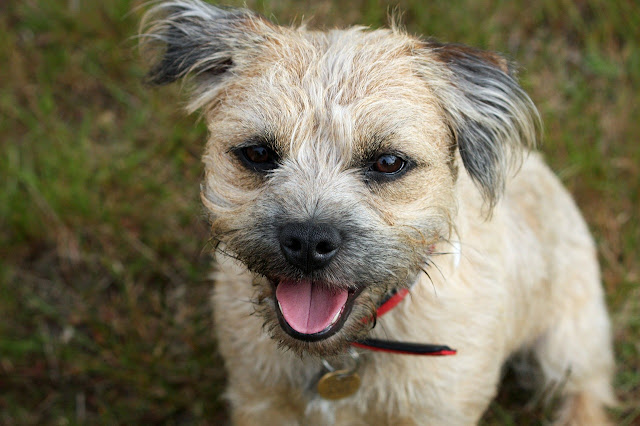 |
| Photo: Pixabay |
The Boston terrier, one of the few breeds that can claim to be truly American, is a lively, curious and smart companion that’s always ready to play. At one time, Boston Terriers were actually the most popular breed in the US. Today, they’re still a clear favorite among the thousands of dog lovers who want a medium-sized, intelligent pet.
Because of its Bull terrier or Bulldog background, the Boston (classed with the non-sporting breeds by the AKC) is alert and keen to learn new tricks and jobs. Bostons like children and will play games with them for hours on end. A well-bred Boston isn’t vicious, but pretty able to take care of himself. Boston fanciers like to call this breed the “American Gentleman,” obviously because of his formal, tux-like markings, but also because his personality is gentlemanly and even as well. The Boston’s friendliness, alertness and courage make him an ideal pet and companion dog. Always alert, he’ll also let you know of any strange sounds in the night.
For many families, the Boston terrier is a terrific choice not only because of his compact size and pleasant temperament but because of his low-maintenance coat. Smooth and short-coated, the Boston goes easy on your carpets and furniture and does well in smaller spaces. It’s good to remember, though, that Bostons don’t take well to extremes in temperature. They’re inside dogs, as their coat affords little protection. On cold days, you may want to get out some warm booties or a coat for your Boston.
A well-bred Boston terrier will look like the active, intelligent, short-headed and short-tailed dog that he is. The ones that conform to type will have symmetrical white markings, ideally against a brindle color. Black with white markings is also conforming, although brindle is preferred.
Bostons come in a variety of sizes. Naturally, some owners prefer the small ones, while others like a more romping, substantial-sized dog. Either one will make a great pet with very little grooming required, all of which can be done at home.

















